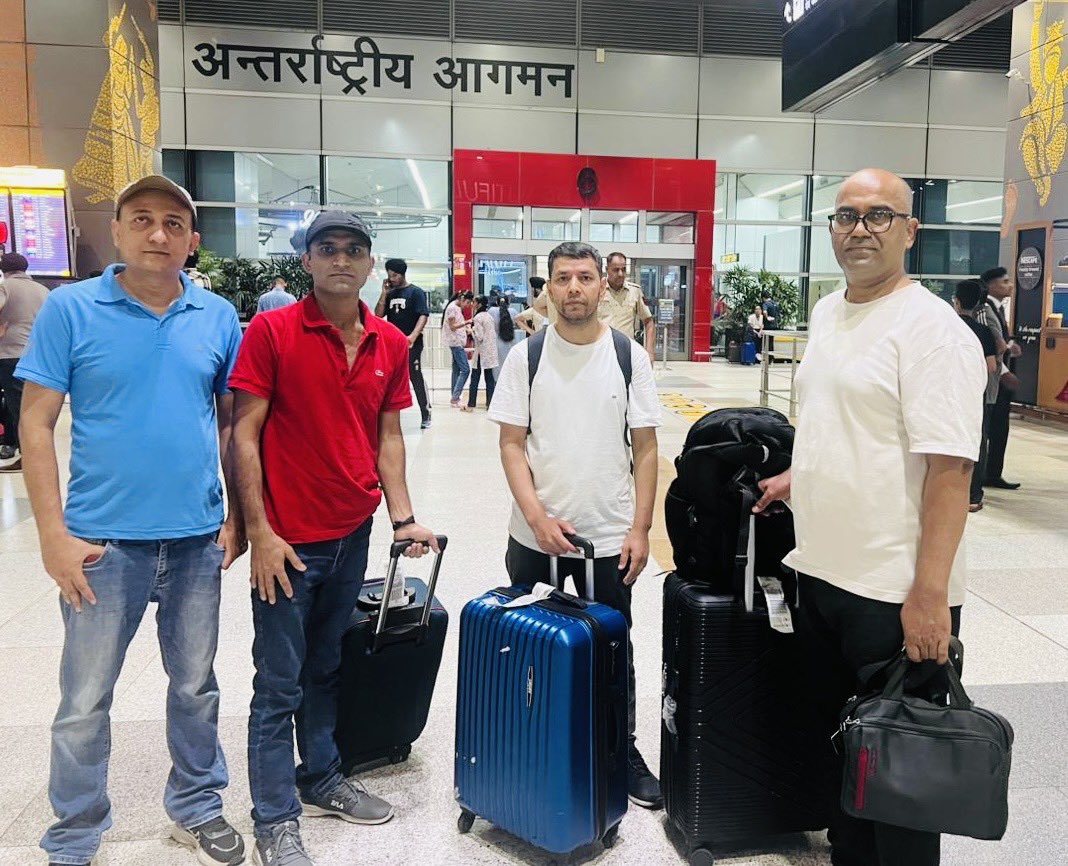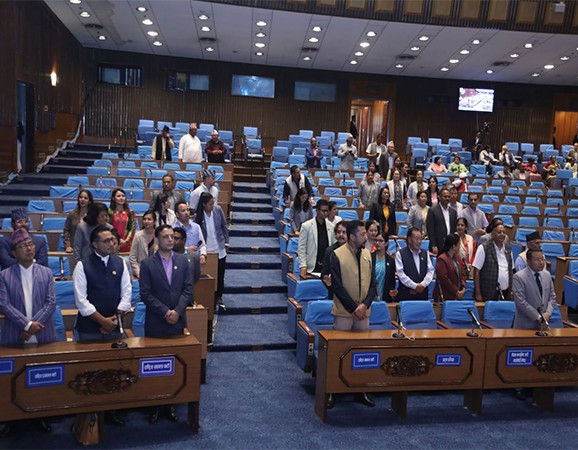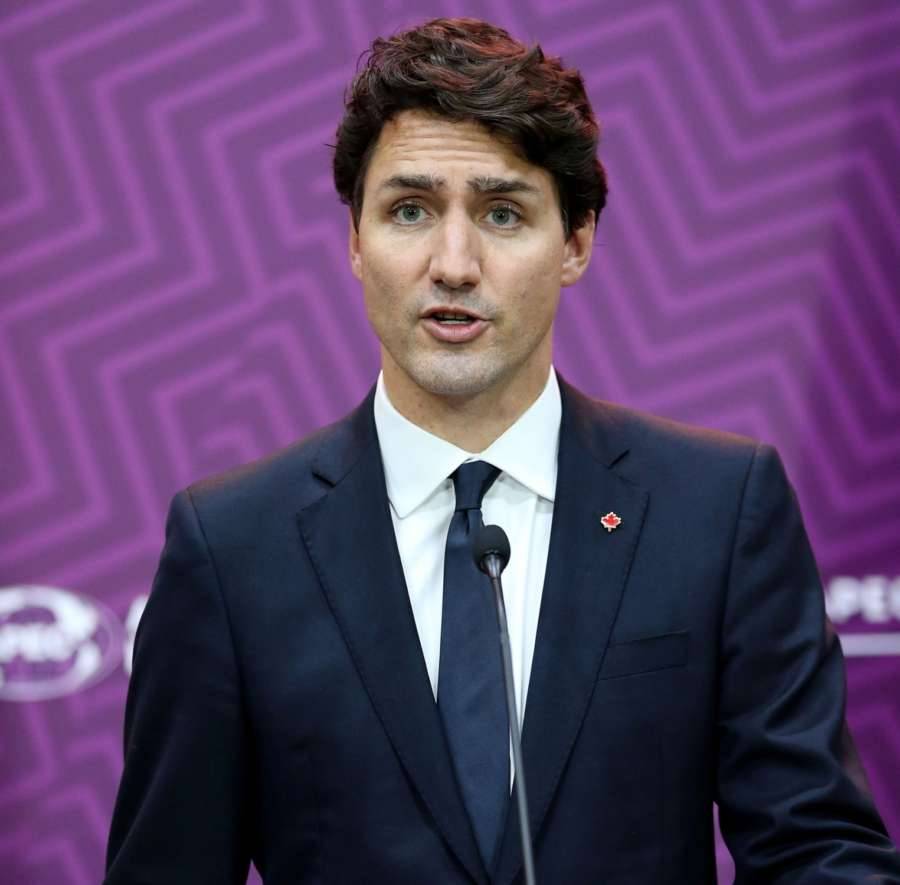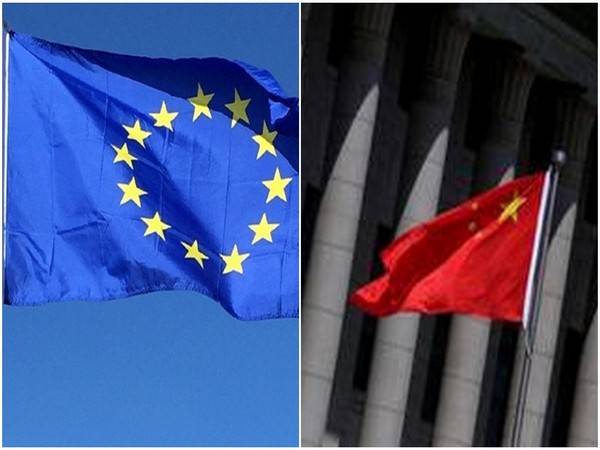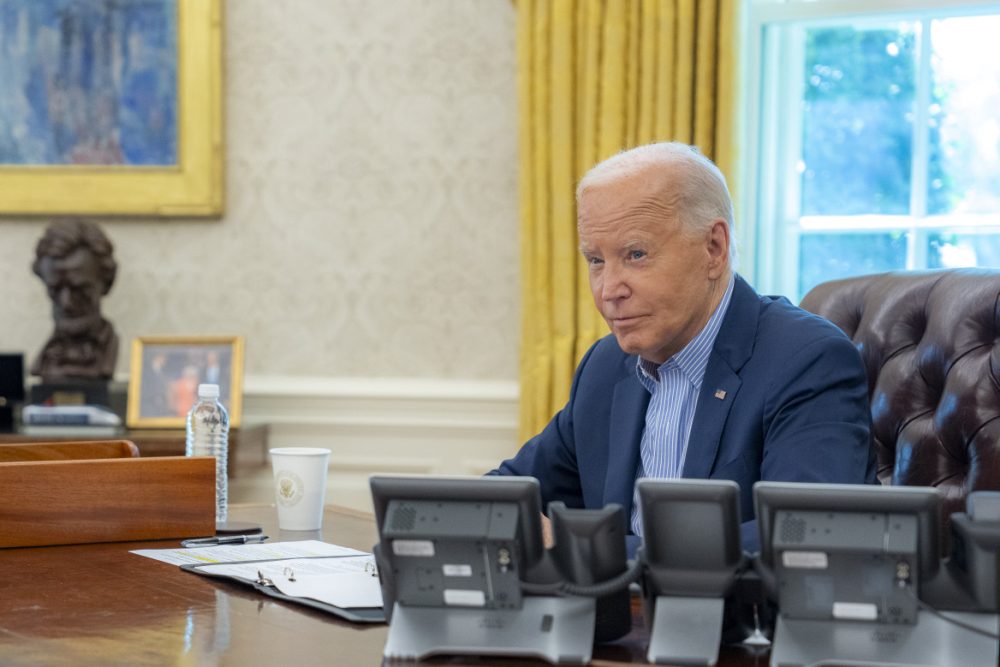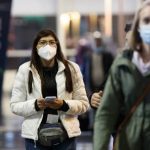As the threat of the new Omicron Covid-19 variant looms large, Nepal is struggling to vaccinate its targeted population against the virus…reports Asian Lite News
Even though the South Asian country has been receiving a steady supply of vaccines in recent months, it is now struggling to store them and inoculate more of the population due to the lack of adequate storage capacity and necessary human resources, Xinhua news agency quoted officials as saying.
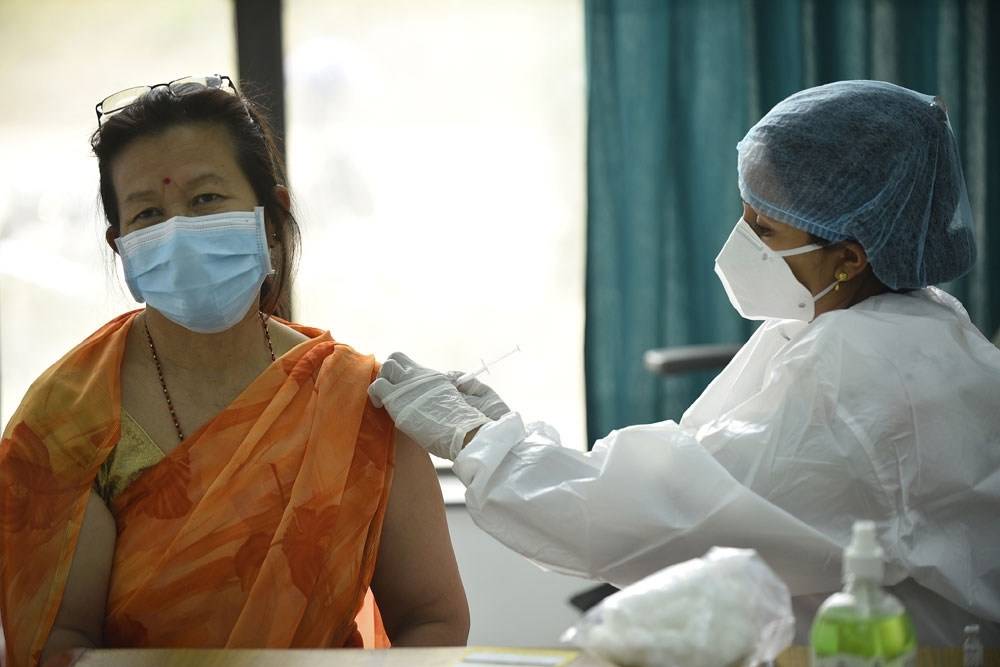
Till date, 32.9 per cent of Nepal’s estimated 30-million population has been fully vaccinated, according to the Ministry of Health and Population.
“The level of vaccination is still low amid the Omicron threat,” Sher Bahadur Pun, chief medical officer at the Kathmandu-based Sukraraj Tropical and Infectious Disease Hospital, told Xinhua.
“I have found that some older people have not been vaccinated for being unwilling to queue in the vaccination centres. Some people are still not aware of the importance of vaccines against the pandemic,” he said.
Nepali health officials acknowledged that the vaccination rate is still low and they are trying to increase the coverage.
“The World Health Organization has advised us to increase the portion of fully vaccinated to 40 per cent of the total population by December and we are reaching close to that level,” said Bibek Kumar Lal, director of the Family Welfare Division at the Department of Health Services.
“We have also rolled out a vaccination campaign for people aged 12-17 after first vaccinating people aged 18 and above.”
Nepal has so far identified three Omicron cases and despite the potential threat, the Himalayan nation cannot double or triple the vaccination rate anytime soon, officials said.
“We have been vaccinating around 250,000 people on a daily basis. Sometimes we inoculated as many as 350,000 people in recent days,” said Sagar Dahal, chief of the country’s National Immunization Program.
“In the past, we vaccinated a maximum of 300,000 people in a day.”
The government is making efforts to expand the vaccination drive that started in late January, he said.
“But we’re facing difficulty in expanding the vaccination drive due to the lack of trained human resources and logistics,” he said, adding that it also takes time to raise public awareness and create momentum for the drive.
“Due to the delayed supply of syringes, the vaccination campaigns were affected in some districts,” said Lal.
“On Thursday (December 23), we received a supply of five million syringes, which will be enough for us to run a vaccination drive for a few weeks. An additional 60 million are also in the pipeline.”
Since the beginning of the pandemic in early 2020, Nepal has registered a total of 827,271 Covid cases and 11,585 deaths.
In recent months, the country has been reporting new daily cases mostly in 200-300 and new deaths mostly in a single-digit number.
In contrast with those hard times, Nepal has an adequate supply of vaccines for now, and the government aims to vaccinate all the population by mid-April next year.
As of Sunday, the country has received 39.2 million doses of vaccines, with an additional 20 million to be supplied by February next year, according to the Health Ministry.
ALSO READ: Rwanda achieves WHO Covid-19 vaccination target
The country has requested delayed shipments due to a lack of enough refrigeration facilities.
“We have a stock of about 9 million vaccine doses and the storage facility is already stretched,” said Dahal.
According to the official, the existing storage capacity may accommodate an additional 20 million vaccines only.
“So we have asked the companies which are willing to supply extra vaccines to Nepal to delay the shipments till February,” he added.



